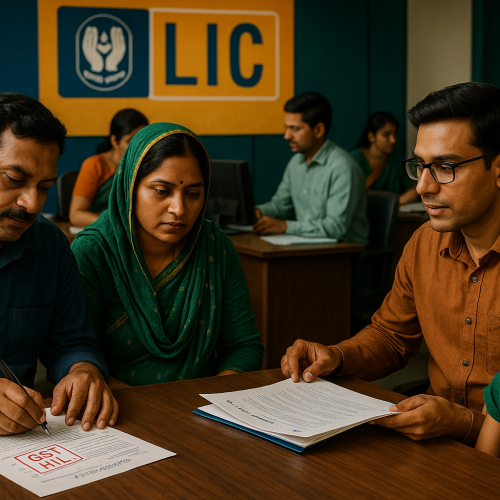The rollout of GST 2.0 is cutting prices across the consumer spectrum—from packaged snacks to big-ticket electronics like air conditioners and TVs. FMCG firms such as Haldiram’s and Ajit Bakery are passing on benefits by either lowering prices or increasing product quantities. Electronics dealers expect ACs and high-end TVs to become significantly cheaper, while trade bodies like CAIT have urged the government to ensure cuts are fully passed to consumers.
Core Development
The GST on fast-moving consumer goods has been slashed from 18% to 5%, prompting food companies to adjust their pricing strategies. Haldiram’s announced markdowns on larger packs, while smaller packets will carry extra weight. Ajit Bakery plans to add about 10% more content at old rates.
Electronics are also seeing reductions. Dealers estimate air conditioners in the ₹60,000 range will be cheaper by ₹3,500, while high-end TVs worth ₹2 lakh will see price cuts of nearly ₹20,000.
Key Drivers / Issues
GST rationalization aims to boost household consumption.
FMCG producers are offering value gains through direct price cuts or increased product weights.
Electronics are set for 7–10% reductions, supporting festive demand.
However, notebook makers face higher costs as GST on paper inputs rose from 12% to 18%.
Stakeholder Impact
For consumers, the reform delivers immediate savings across essentials and durables. Retailers and distributors gain higher sales momentum during the festive season. Manufacturers balance tax relief with input cost challenges. Policymakers must ensure anti-profiteering norms are enforced so benefits are not absorbed in the supply chain.
Industry & Policy Reactions
CAIT President B.C. Bhartia stressed that GST authorities must remain vigilant, ensuring businesses transfer benefits to end consumers. Electronics associations welcomed the cuts, citing strong demand potential. FMCG producers see the change as an opportunity to expand consumption volumes.
Challenges Ahead
Monitoring compliance with anti-profiteering rules.
Addressing distortions like increased taxes on inputs for paper-based products.
Sustaining fiscal balance while offering consumer relief.
Strategic Outlook
GST 2.0 marks a broad-based consumer relief initiative that could fuel a surge in demand during the festive season. If effectively implemented, it could trigger a new consumption cycle while reinforcing public trust in tax reforms.
Why This Matters
The GST reset goes beyond policy—it directly impacts household budgets. By cutting prices across daily snacks and big-ticket electronics alike, GST 2.0 provides tangible relief, potentially lifting consumer sentiment and economic growth.












